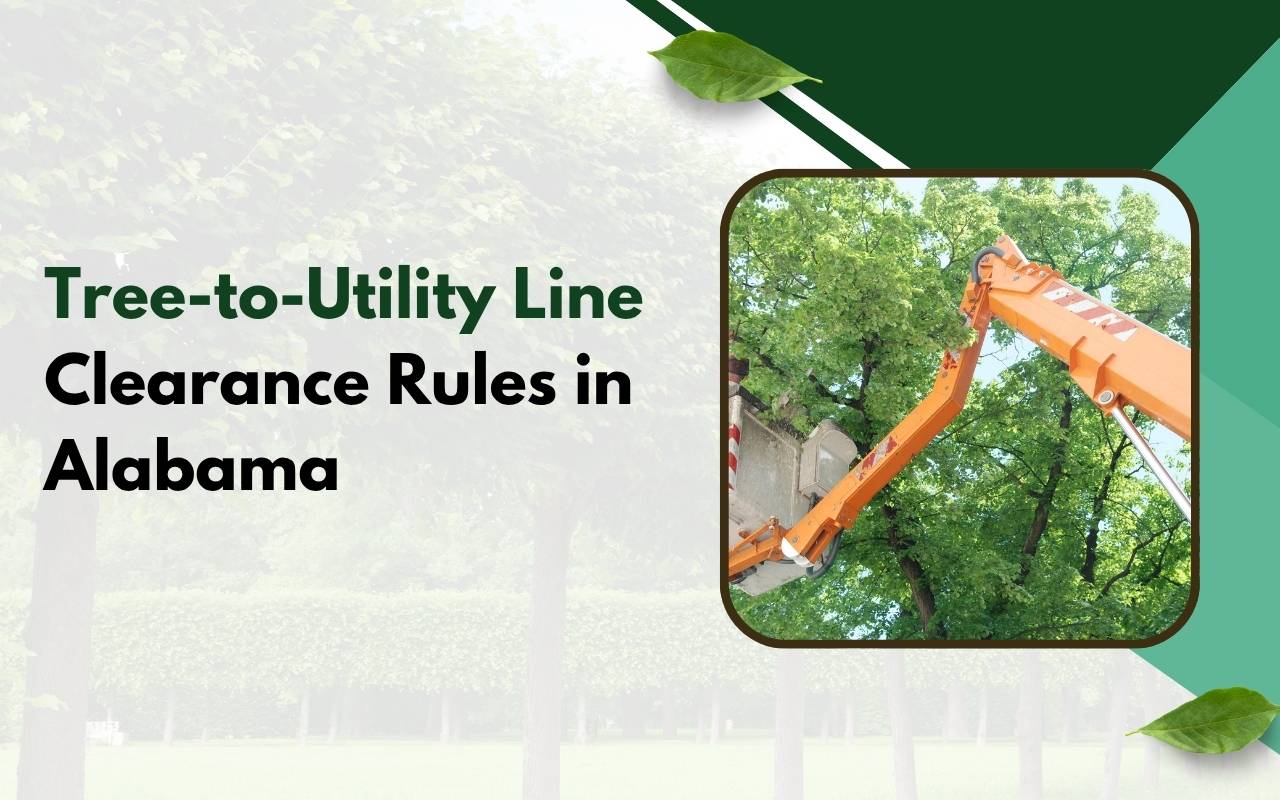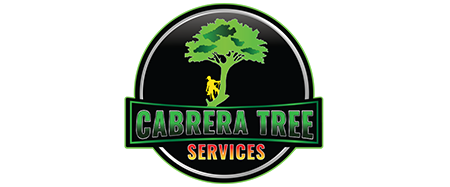
Alabama’s lush landscapes bring beauty, but trees near power lines can threaten safety and reliability. Understanding utility line clearance rules Alabama trees is vital. These regulations protect public infrastructure, prevent outages, and reduce fire risks. They also help property owners maintain compliance and avoid unnecessary penalties. Knowing the rules ensures harmony between Alabama’s green canopy and essential services. In this blog, we explore regulations, responsibilities, and safe practices for property owners and utilities alike.
Understanding Clearance Regulations in Alabama
- Maintain required distance between trees and energized conductors.
- Clearances vary by voltage, starting at 10 feet for distribution lines.
- Rules are overseen by the Alabama Public Service Commission.
- ANSI and NESC standards guide safety and consistency.
- Property owners share responsibility with utility companies.
Utility operators maintain rights-of-way, while property owners handle nearby growth. Following utility line clearance rules Alabama trees prevents fines, outages, and safety hazards. Compliance ensures landscapes remain both safe and attractive.
Importance of Compliance for Homeowners and Utilities
Compliance safeguards communities from outages and fires. For property owners, it means avoiding damage and liability. For utilities, it means reducing repair costs and ensuring dependable service. When both parties collaborate, Alabama’s infrastructure remains reliable. Furthermore, following utility line clearance rules Alabama trees strengthens trust and reduces risks during extreme weather.
Key Factors Affecting Tree Maintenance Near Lines
- Species growth patterns influence trimming frequency.
- Climate factors like ice or heavy rain impact risks.
- Soil and irrigation affect growth rates and density.
- Steep slopes or dense underbrush complicate clearance work.
- Nearby structures require careful trimming approaches.
By considering these factors, property owners and arborists create proactive maintenance plans. Consistency ensures safe clearance and compliance with utility line clearance rules Alabama trees.
Permit Requirements for Tree Trimming
In Alabama, many municipalities require permits for trimming near utilities. Minor pruning often requires coordination with utility providers. Major removals may need formal applications. Submitting arboricultural work plans with details supports compliance. Ignoring permits risks penalties and liability. Therefore, always verify requirements before trimming trees near lines.
Safety Standards for Clearing Along Utility Lines
Safety is guided by NESC and ANSI standards. Workers use insulated tools, PPE, and controlled methods. Ground-based pruning is preferred, while aerial lifts are reserved for trained crews. Warning signs, exclusion zones, and hazard assessments protect both workers and residents. Following standards ensures reliable power and safe work environments.
Consequences of Non-Compliance
Ignoring utility line clearance rules Alabama trees can lead to fines, emergency removals, and costly repairs. Overgrown branches risk outages, fires, and accidents. Homeowners may also face lawsuits if negligence causes harm. In contrast, compliance prevents hazards and preserves community safety.
Best Practices for Maintaining Trees Near Utility Lines
- Inspect trees at least twice yearly.
- Document findings with photos and notes.
- Plan seasonal trimming before storm seasons.
- Plant low-growing species under power lines.
- Maintain communication with utility providers.
Smart planting choices and scheduled trimming support long-term safety. Applying utility line clearance rules Alabama trees keeps landscapes healthy while protecting infrastructure.
Professional Services for Safe Trimming
Certified arborists are trained to work safely near power lines. They follow ANSI standards and coordinate directly with utility companies. Professionals secure permits, arrange de-energizations if needed, and carry proper insurance. For trusted expertise, explore https://www.cabreraprofessionaltreeservice.com/tree-trimming-madison-al/. Choosing experts guarantees safety, compliance, and peace of mind.
Resources for Staying Updated
Authoritative sources provide updates on regulations. The Alabama Public Service Commission, industry associations, and local forestry offices all share reliable information. Utility companies also provide planting guides and pruning standards online. Staying informed helps property owners remain proactive, ensuring compliance with evolving utility line clearance rules Alabama trees.
FAQs
What is the required clearance distance in Alabama?
A minimum of 10 feet for distribution lines, with larger distances for higher voltages.
Who maintains trees near utility lines?
Utilities handle rights-of-way, but property owners manage trees near private property lines.
Do I need a permit for tree trimming?
Minor pruning often does not, but major removals usually require permits and utility coordination.
What happens if I ignore clearance rules?
Penalties, fines, outages, and liability risks may occur, including lawsuits if damage happens.
Should I hire professionals for trimming?
Yes, certified arborists ensure safe compliance and coordinate directly with utility providers.
Ensuring Safety and Reliability
Adhering to utility line clearance rules Alabama trees supports community safety and reliable service. Regular inspections, permits, and safe practices reduce hazards. Professional arborists provide expertise and compliance. Stay prepared and informed to protect your property. For assistance, contact experts through https://www.cabreraprofessionaltreeservice.com/contact/ today.
